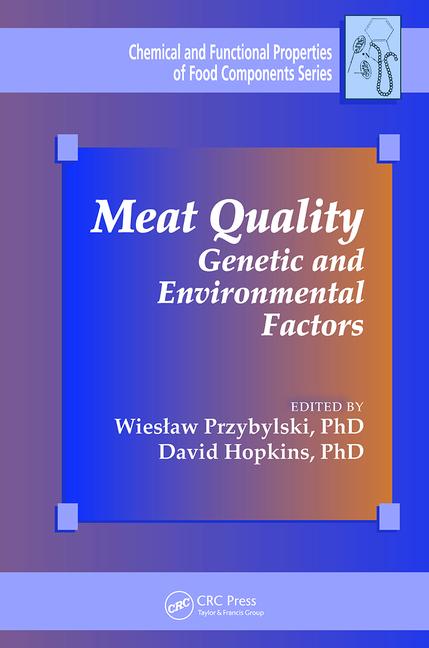At the 2022 Winter Policy Conference of the National Association of State Departments of Agriculture members amended their policy to support ample funding for animal health networks such as the National Animal Health Laboratory Network (NAHLN) to help sustain operational levels needed for laboratory costs and high-consequence disease surveillance and response.
“If an emerging and economically devastating animal disease, such as African swine fever, had an outbreak that overlapped with the COVID-19 pandemic and resulted in further complicating supply chain issues, currently available resources for these animal health laboratories would be spread incredibly thin,” NASDA CEO Ted McKinney said. “We must proactively plan for the needs of these facilities, so they have the capability to respond to the health needs of the public and protect our nation’s food system.”
COVID-19 showed the importance of the ability to respond properly to diseases. Many of the NAHLN labs, although normally for use in livestock and poultry, aided in human COVID-19 testing and vaccinations, impacting the resources needed to protect the health of animals, the public and the nation’s food supply.
Recent surveys show that the 60 state and university NAHLN laboratories desperately need funding to sustain equipment, staff and surveillance activities. In its new policy, NASDA advocates for an increase in funding as federal investment covers only one-to-five percent of NAHLN’s total laboratory costs in most states.
“The resource that NAHLN laboratories have been to public health throughout the pandemic further emphasizes the importance of fully funding these networks and the value of collaboration when responding to disease outbreaks,” McKinney said. “NASDA members serve as co-regulators with the federal government on protecting animal health and are dedicated to collaborating with intergovernmental agencies and industry stakeholders so U.S. agriculture can properly respond to zoonotic diseases.”
NASDA members endorse a One Health approach to disease prevention and response with coordination between state departments of agriculture and state departments of health to protect the health of animals, the public and the nation’s food supply.
Additionally, state agriculture officials amended the organization’s nutrition and food assistance policy citing impediments to accessing specific food items that supply chain issues have created.
The organization also recognized opportunities to better promote the availability of food assistance programs and amend regulation to ensure all who are eligible are able to participate in these programs.
“A primary responsibility of state agriculture departments is to ensure the ample and nutritious food our farmers and ranchers’ produce reaches the tables in all of our communities across our states,” NASDA President, New York Commissioner of Agriculture Richard A. Ball said. “Supporting federal nutrition programs allows for more eligible individuals to access the food they need while ensuring food is not wasted. This is critical, especially in a time when we’re still feeling the effects of a global pandemic.”
State agriculture departments are uniquely positioned to advocate for the flexibility and promotion of nutrition assistance programs as conduits between various government nutrition programs and their local constituents. NASDA members oversee several nutrition initiatives such as Farm to School, the Farmers Market Nutrition Program and school meals programs.
Source: NASDA





.jpg?height=200&t=1717199059&width=200)



